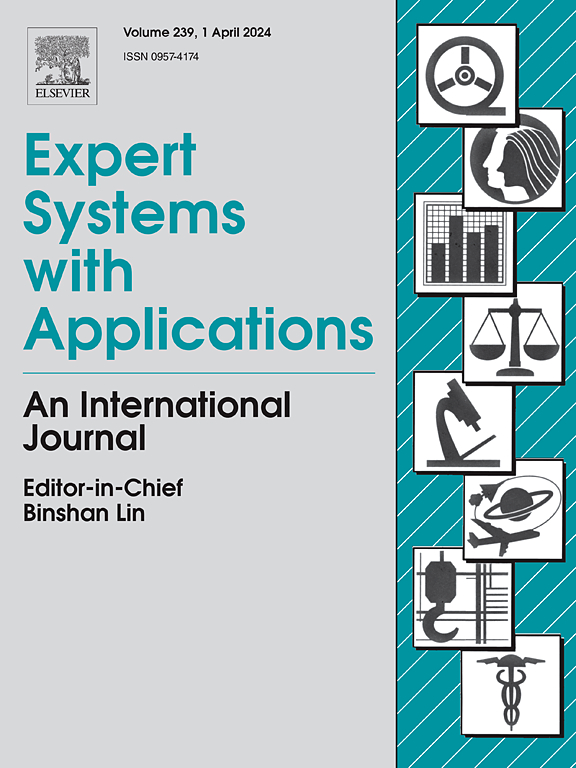基于深度学习的漂浮污染解决方案:一种基于多摄像头关节的漂浮物检测和跟踪方法
IF 7.5
1区 计算机科学
Q1 COMPUTER SCIENCE, ARTIFICIAL INTELLIGENCE
引用次数: 0
摘要
水面目标的智能检测与跟踪在水环境管理中变得越来越重要。但在实际应用中,由于环境复杂、目标尺度和单相机视场等问题,仍然是一个具有挑战性的问题。本研究提出了一种基于多摄像机联合空间策略的漂浮物目标检测与跟踪方法,通过互联监控摄像机实现对漂浮物目标的智能监控。具体而言,本研究通过轻量级骨干网与特征金字塔网络的融合,改进了单弹多盒探测器(Single Shot Multibox Detector, SSD)的网络架构,提高了浮动目标检测的鲁棒性。然后,在核相关滤波算法中引入快速定向梯度直方图(FHOG)和金字塔尺度估计策略,并提出一种改进的图像匹配算法来实现精确的跟踪和匹配。最后,在单摄像机参数初始化的基础上,提出了一种联合多摄像机关系优化策略,实现了对浮动目标的连续精确跟踪。对所提出的方法进行了训练,并与基于多个场景的最新方法进行了比较。综合实验结果表明,该方法能够有效应对不同场景下的连续检测与跟踪,IDF1、IDP和IDR分别达到87.23%、89.37%和84.37%,速度达到29.83f/s。本工作拓展了水面漂浮物的智能检测与跟踪,支持水环境一体化管理。本文章由计算机程序翻译,如有差异,请以英文原文为准。
Solutions to floating pollution with deep learning: A multi-camera joint-based method for floating object detection and tracking
Intelligent detection and tracking of surface objects is becoming increasingly important in water environment management. However, it remains a challenging problem in practical applications due to the complex environment, target scale and single-camera field of view issues. In this study, we propose a detection and tracking of floating targets method based on a multi-camera joint spatial strategy, which achieves intelligent monitoring of floating targets through interconnected surveillance cameras. Specifically, this study improves the network architecture of the Single Shot Multibox Detector (SSD) through the integration of a lightweight backbone network and feature pyramid network to improve the robustness of floating object detection. Then, a fast histogram of oriented gradient (FHOG) and a pyramid scale estimation strategy are introduced into the kernel correlation filter algorithm, and an improved image-matching algorithm is proposed to achieve accurate tracking and matching. Finally, a joint multi-camera relational optimization strategy is proposed to achieve continuous and accurate tracking of floating targets based on the single-camera parameter initialization. The proposed method is trained and compared with the state-of-the-art methods based on multiple scenarios. The comprehensive experimental results show that the proposed method can effectively cope with continuous detection and tracking in different scenarios, with IDF1, IDP and IDR reaching 87.23%, 89.37% and 84.37% respectively, and the speed reaching 29.83f/s. This work expands the intelligent detection and tracking of floating objects on the water surface to support integrated water environment management.
求助全文
通过发布文献求助,成功后即可免费获取论文全文。
去求助
来源期刊

Expert Systems with Applications
工程技术-工程:电子与电气
CiteScore
13.80
自引率
10.60%
发文量
2045
审稿时长
8.7 months
期刊介绍:
Expert Systems With Applications is an international journal dedicated to the exchange of information on expert and intelligent systems used globally in industry, government, and universities. The journal emphasizes original papers covering the design, development, testing, implementation, and management of these systems, offering practical guidelines. It spans various sectors such as finance, engineering, marketing, law, project management, information management, medicine, and more. The journal also welcomes papers on multi-agent systems, knowledge management, neural networks, knowledge discovery, data mining, and other related areas, excluding applications to military/defense systems.
 求助内容:
求助内容: 应助结果提醒方式:
应助结果提醒方式:


